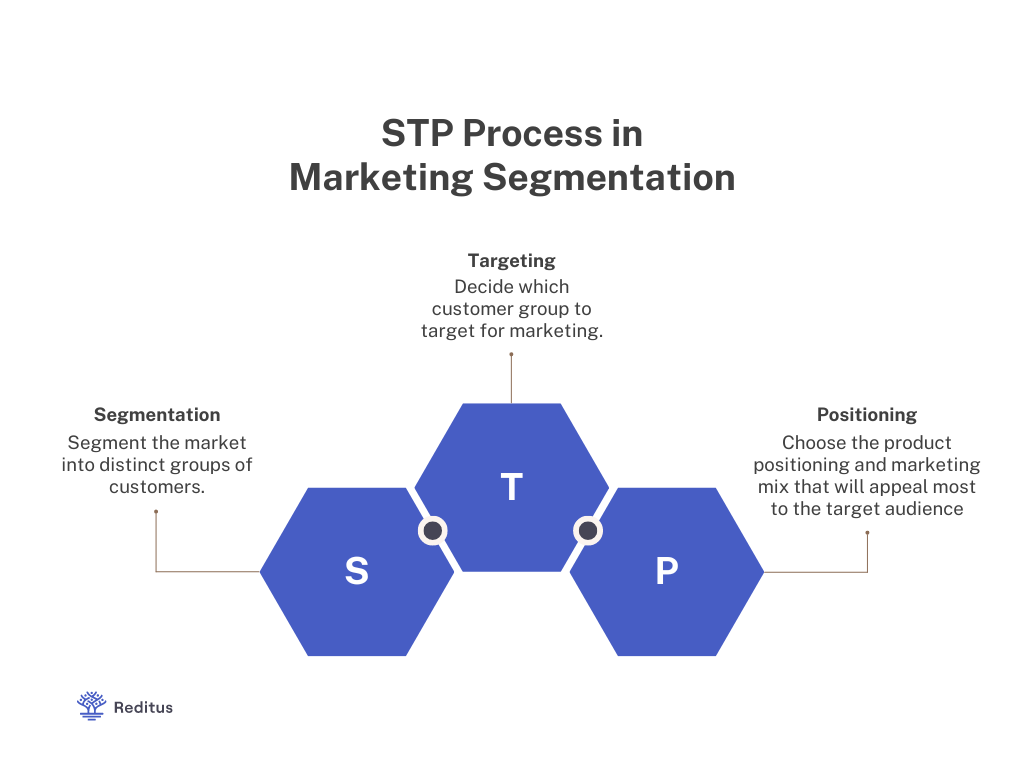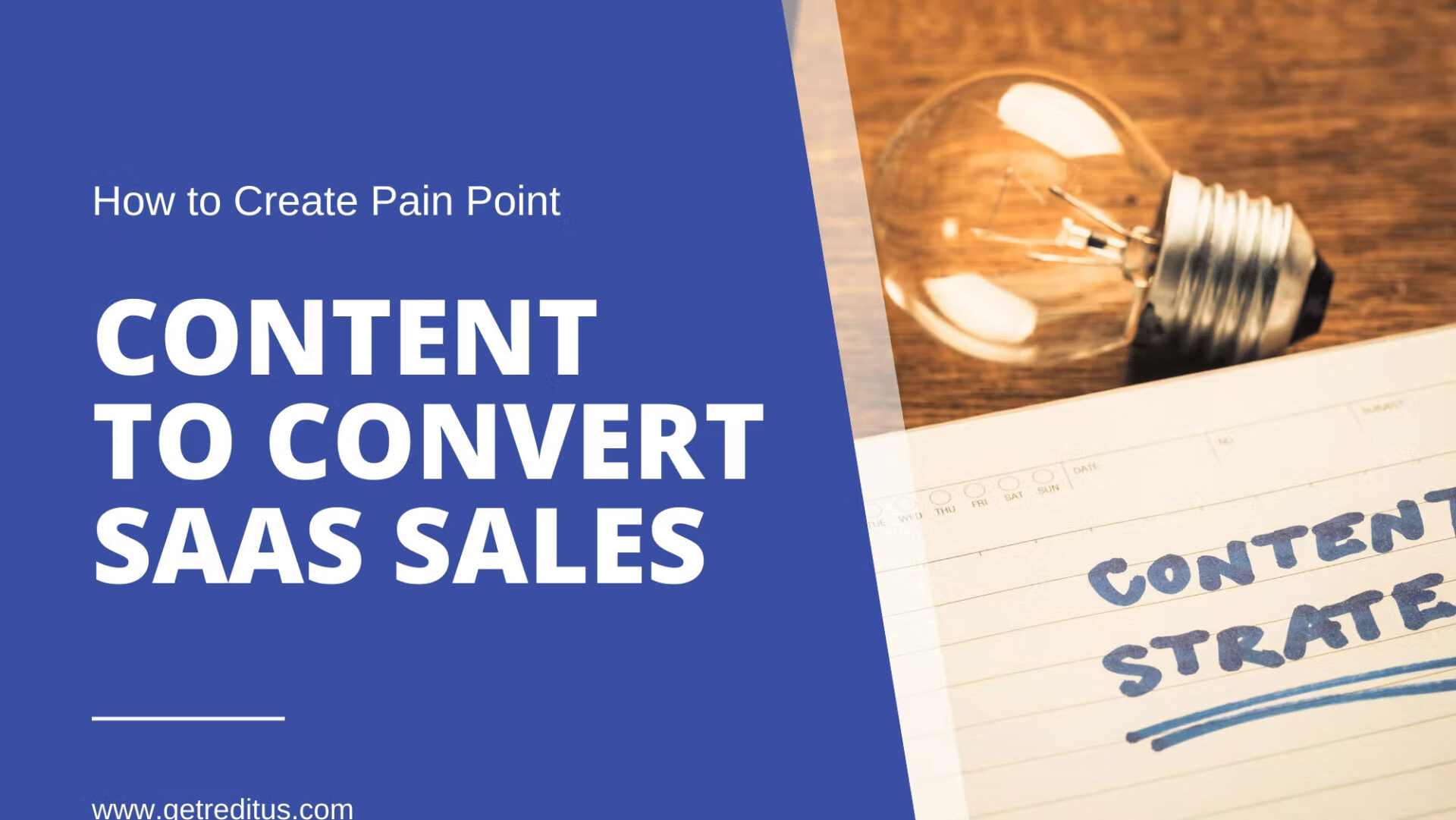What Is Email Marketing Segmentation in SaaS? Let’s Find Out…

Are you ready to take your email marketing game to the next level?
If so, then segmenting your list is the key. Segmentation allows you to tailor messages specifically for each group of subscribers, significantly increasing conversions and engagement.
This guide will examine why list segmentation is important, how it can increase conversions and engagement rates, and what steps to implement into any email marketing strategy.
So, without further ado, let's dive in!
Table of contents
What Is Email Marketing Segmentation?
Email marketing segmentation is the process of dividing your email list into smaller groups based on shared characteristics. It's a way to send your subscribers more targeted, relevant messages.
By segmenting your list, you can better target each subscriber with content that is more likely to interest them. As a result, your subscribers are more likely to engage with your emails, and you're more likely to achieve your desired outcome.

For instance, imagine you have a list of 10,000 subscribers. You can segment them by location, age, gender or purchase history. By understanding the preferences of each group, you can tailor your messages specifically for that particular audience.
Why Is Email Marketing Segmentation Important?
Not everyone on your list is interested in the same things. Segmenting your list allows you to send more targeted, relevant emails that are more likely to interest each individual subscriber.
Some other benefits of segmenting your list include:
- Hyper-personalization: When you segment your list, you can send emails that are tailored to each subscriber. This helps to create a more personal connection with your subscribers and makes them more likely to engage with your content.
- Higher open rates and click-through rates: Segmented email lists have been shown to have higher open rates and click-through rates than non-segmented lists.
- Improved deliverability: When you segment your list, you are more likely to send emails in the recipient's inbox instead of their spam folder.
- Lower unsubscribe rates: When you segment your list, you are less likely to send emails that are not relevant to the recipient. This helps to keep your unsubscribe rate low.
And, above all, segmenting your list helps you get more sales!
Think about it.
If you’re sending emails to the wrong people, or too many emails, your subscribers will unsubscribe or ignore your messages.
But, if you’re able to send highly targeted emails that are tailored for each segment of your list, you’ll have a much better chance of converting them into paying customers.
How Can You Segment Your List the Right Way?
Now that you know why segmenting your list is so important, let's look at how to do it correctly.
There are different ways to segment your list, but some of the most common methods include:
By types of purchases
One of the best ways to segment your list is by type of purchase. This will help you identify people who are interested in specific types of features.
For example, if you sell CRM software, you could segment your list based on whether or not someone has purchased a software package before. Then, you can send them emails about the features of the package that they purchased.
By contract length
Another way to segment your list is by contract length. This is important, especially if you offer subscriptions or recurring payments. You can send emails to those who have just signed up and those who are about to renew.
You can then send each group different offers based on their level of engagement.
For example, those who are about to renew can be offered a discount or special bonus, while those who have recently signed up can be given an incentive to upgrade their subscription.
By email opens
Another standard method for segmenting your list is by email opens. This is a great way to identify people who are interested in your content but may not have been able to act on it right away.
You can target these people with follow-up emails that offer additional information or even an incentive to purchase.
By email engagement
You can also segment your list by how many emails they've interacted with. This is a great way to identify your most engaged subscribers. If someone has opened and clicked on several of your emails, they're obviously interested in what you have to say.
You can segment your list by how many emails they've interacted with in a number of ways. For example, you can segment by:
- How many emails they've opened
- How many links they've clicked
- How many times they've forwarded your email
You can then send your most engaged subscribers more targeted content. For example, you can send them special offers or exclusive content encouraging them to take action.
These are just a few of the ways you can segment your list.
The critical thing to keep in mind is that segmenting your list doesn't have to be complicated.
You can start off small by segmenting your list into basic groups like those outlined above. Then, you can use the data you collect to refine and expand your segmentation strategy as you go.
Conclusion
By now, you should better understand why segmenting your list is so important. Not only does it help you deliver highly targeted content, but it also helps you keep your unsubscribe rate low and convert more leads into customers.
So, take some time to think about how you can segment your list and start taking advantage of this powerful tool today!


